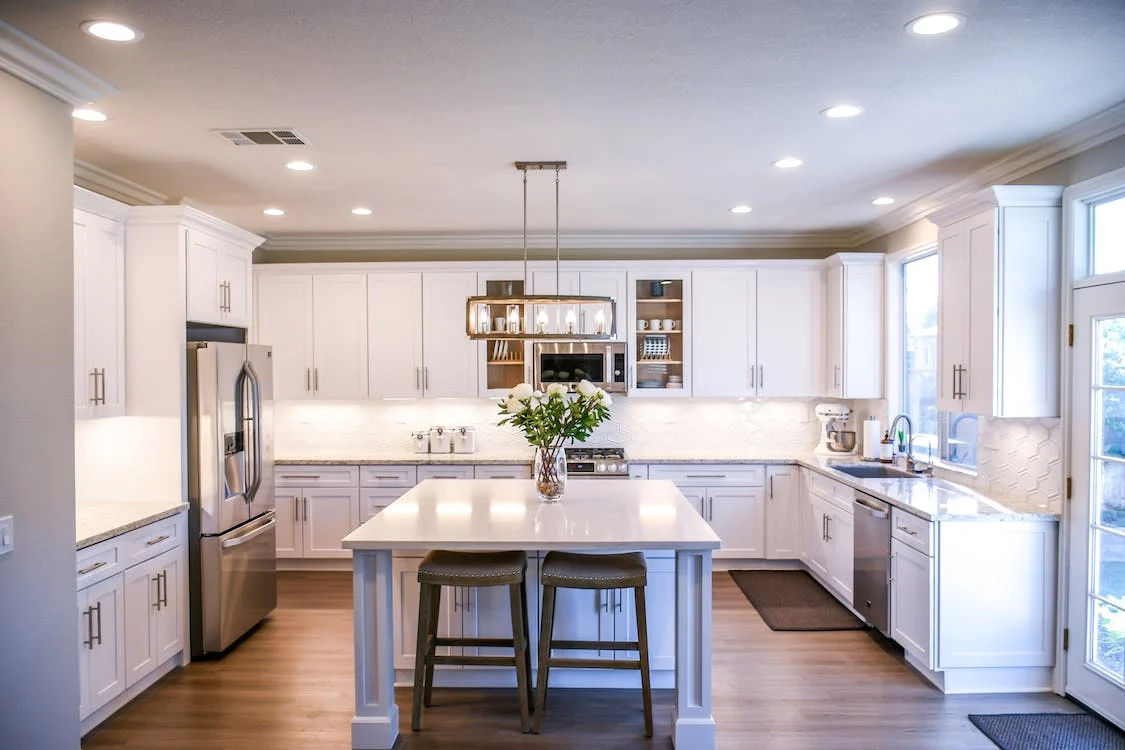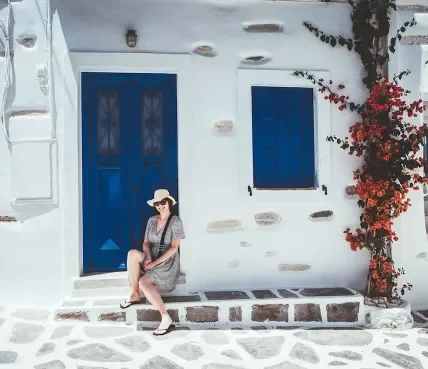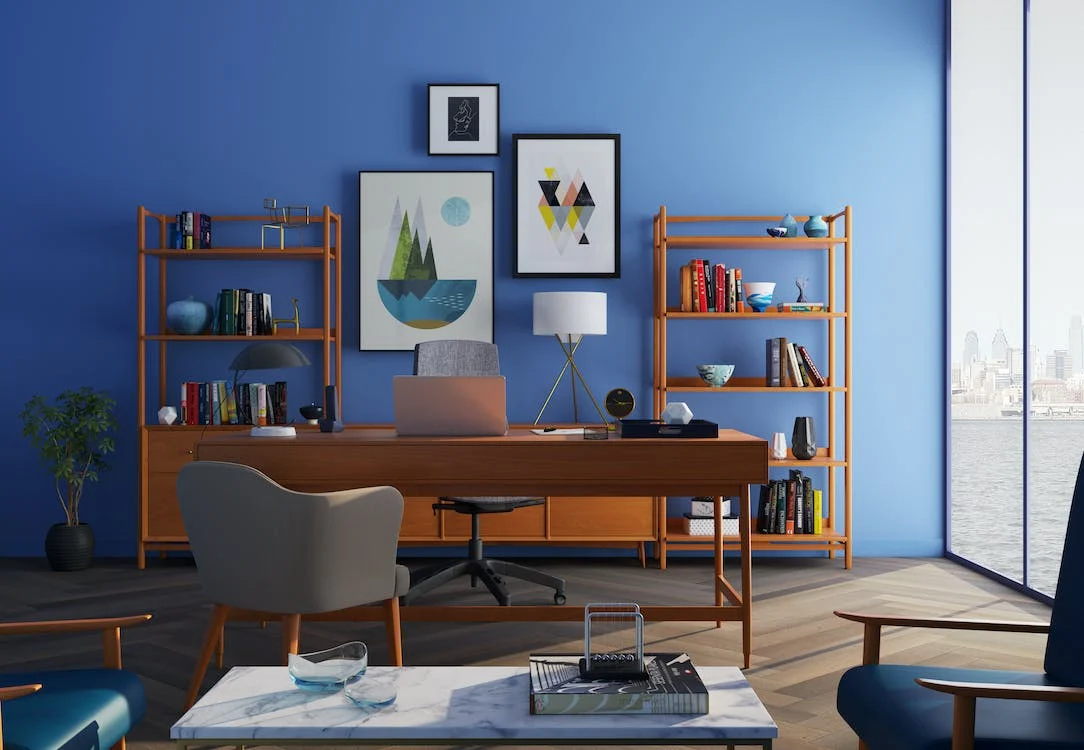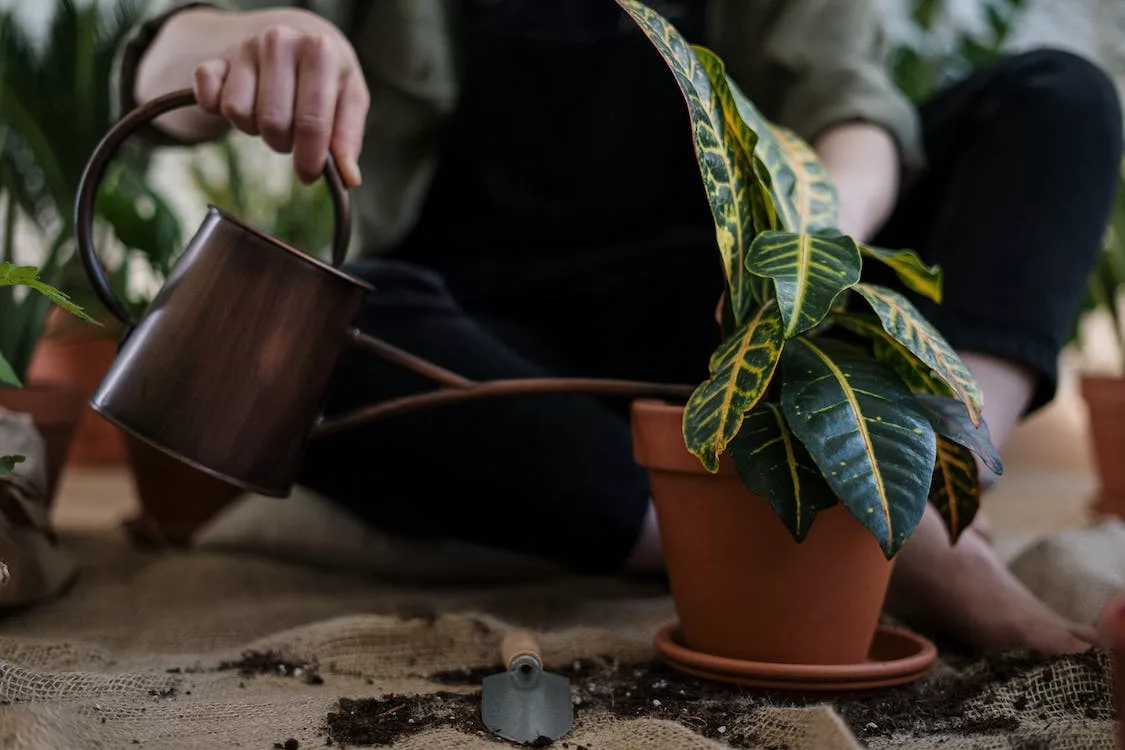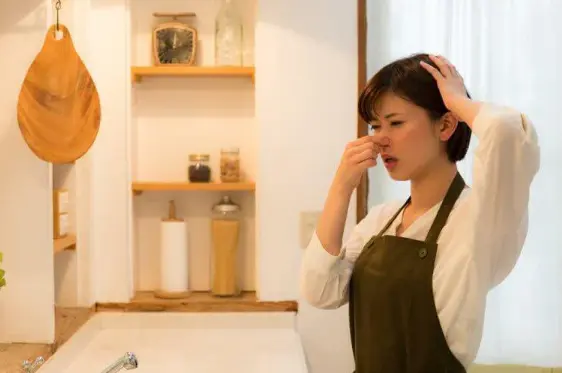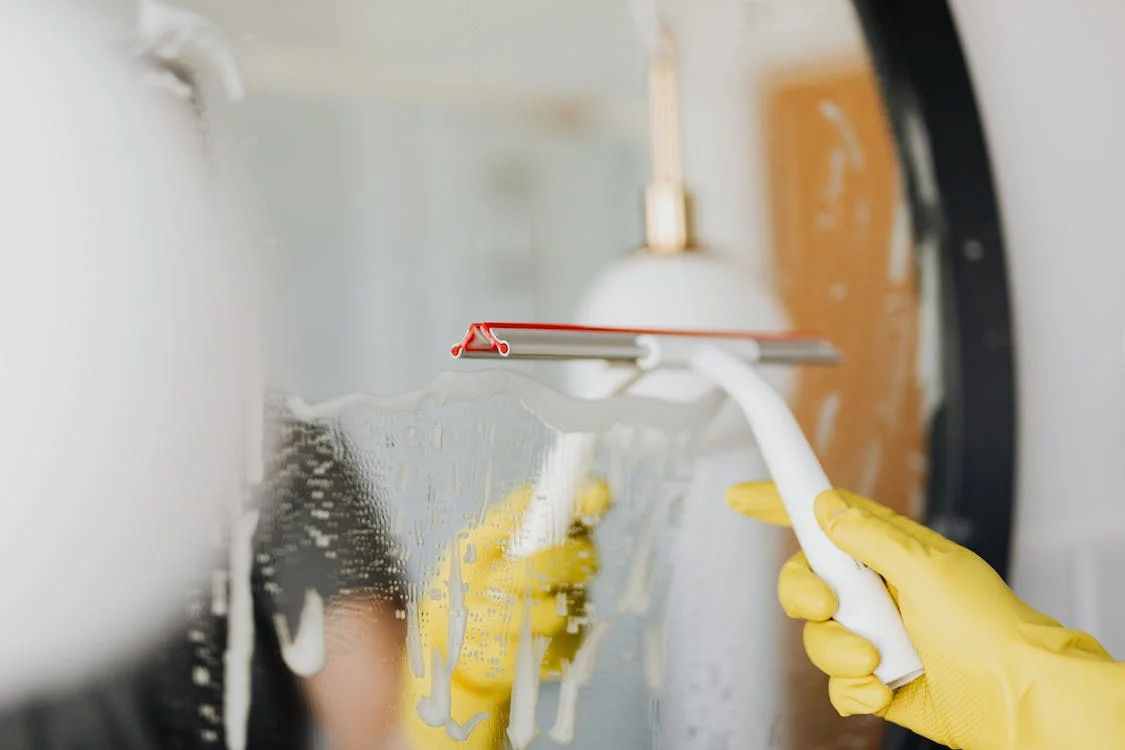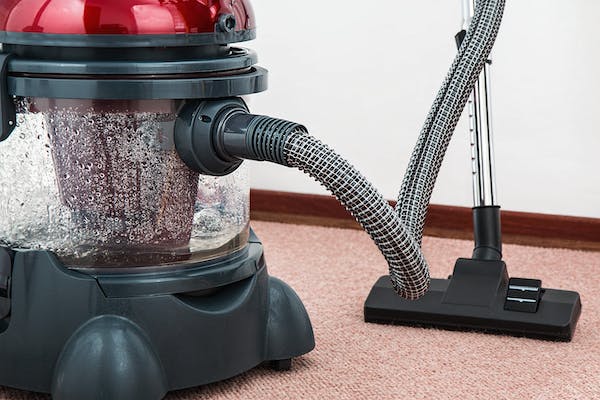In an era defined by climate change and environmental consciousness, the way we design and build our homes has taken on a whole new level of importance.
As we seek to reduce our carbon footprint and create more sustainable living spaces, one concept has gained significant traction in recent years – Passive Home Design. Often referred to as the magic of home design, this innovative approach not only promises to drastically cut energy consumption but also provides a more comfortable and healthier living environment.
In this article, we will delve into the enchanting world of Passive Home Design, exploring its principles, benefits, and the profound impact it can have on our lives and the planet.
Understanding Passive Home Design
Passive Home Design is not a new concept, but it has gained prominence in recent years as concerns over energy consumption and environmental sustainability have grown. At its core, passive home design is a set of principles and practices aimed at creating buildings that are incredibly energy-efficient, comfortable, and sustainable, all while requiring minimal active heating and cooling systems.
The key principles of passive home design include:
- Superior Insulation: Passive homes are constructed with highly insulated walls, roofs, and floors. This insulation serves as a thermal barrier, reducing heat transfer between the interior and exterior of the home. This ensures that the temperature inside remains stable, reducing the need for heating or cooling.
- High-Quality Windows and Doors: Passive homes use high-performance windows and doors that are designed to minimize heat loss. These windows often feature multiple panes, low-emissivity coatings, and gas fills to enhance their insulating properties.
- Airtight Construction: Passive homes are built with exceptional attention to detail to eliminate air leakage. Airtight construction prevents drafts and heat loss, ensuring a consistent indoor temperature.
- Ventilation with Heat Recovery: While passive homes are airtight, they also feature a mechanical ventilation system with heat recovery. This system ensures a constant supply of fresh air while recovering heat from the exhaust air, further improving energy efficiency.
- Passive Solar Design: Passive homes are strategically oriented to take advantage of natural sunlight. Large south-facing windows and thermal mass materials help capture and store heat from the sun, reducing the need for artificial heating.
- Energy-Efficient Appliances: Passive homes are equipped with energy-efficient appliances and lighting fixtures to minimize electricity consumption.
The Magic Unveiled: Benefits of Passive Home Design
- Drastic Reduction in Energy Consumption: Perhaps the most enchanting aspect of passive home design is its ability to significantly reduce energy consumption. By incorporating insulation, airtight construction, and other energy-saving features, passive homes can cut heating and cooling energy use by up to 90% compared to traditional homes. This translates to substantial cost savings on energy bills while helping combat climate change by reducing carbon emissions.
- Year-Round Comfort: Passive homes offer unparalleled comfort throughout the year. The superior insulation and airtight construction ensure a consistent indoor temperature, eliminating drafts and cold spots. In the summer, passive homes stay comfortably cool without the need for air conditioning, thanks to the strategic use of shading and ventilation.
- Improved Indoor Air Quality: The mechanical ventilation system with heat recovery in passive homes not only conserves energy but also ensures a constant supply of fresh, filtered air. This leads to superior indoor air quality, reducing allergens, pollutants, and the risk of respiratory issues.
- Durability and Low Maintenance: Passive homes are built to high-quality standards, which often results in greater durability and lower maintenance requirements. The superior insulation also helps protect the building structure from moisture damage and decay.
- Long-Term Cost Savings: While the initial construction cost of a passive home may be slightly higher due to the need for high-quality materials and specialized design, the long-term savings on energy bills make it a wise investment. Passive homes often pay for themselves over time, making them a financially sound choice.
- Resilience to Energy Price Fluctuations: Passive home owners are less vulnerable to fluctuations in energy prices. Their reduced reliance on active heating and cooling systems means they are less affected by spikes in energy costs.
- Positive Environmental Impact: Building and living in passive homes contribute significantly to a reduced carbon footprint. The energy efficiency of these homes reduces greenhouse gas emissions, helping to combat climate change.
- Enhanced Market Value: As sustainability becomes a more prominent consideration for homebuyers, passive homes tend to have higher resale values. The energy efficiency and comfort they offer are appealing selling points.
The Spell of Passive Home Design in Action
To truly understand the magic of passive home design, let’s explore a real-life example of how these principles are put into action.
Imagine a family residing in a passive home during the peak of winter. Outside, the wind howls, and temperatures plummet, but inside their passive home, it’s a different story. The thick insulation keeps the warmth generated by the family’s activities inside, and the south-facing windows welcome the gentle caress of the winter sun. The heat recovery ventilation system ensures a continuous supply of fresh air without letting the precious warmth escape.
As the day turns into night, the temperature drops further, but the passive home remains cozy and inviting. There’s no need to crank up the heating system, as the insulation and airtight construction maintain a comfortable temperature. The family enjoys a night of warmth and comfort without a second thought to energy bills or environmental impact.
Now, let’s fast forward to the scorching days of summer. The same passive home that kept the family warm in winter now works its magic to keep them cool. The shading elements and well-designed ventilation system prevent the heat from penetrating the interior. No energy-intensive air conditioning is needed; instead, the family basks in the cool, refreshing air of their sustainable oasis.
This enchanting scenario illustrates the practicality and effectiveness of passive home design. It’s not just a theoretical concept; it’s a real-world solution that provides comfort, energy efficiency, and sustainability year-round.
Overcoming Challenges and Misconceptions
While the benefits of passive home design are undeniable, there are challenges and misconceptions that can deter some from embracing this magical approach to living.
- Upfront Costs: One of the most common misconceptions about passive homes is that they are prohibitively expensive to build. While it’s true that the initial construction cost may be slightly higher due to the use of specialized materials and design, the long-term savings on energy bills often offset this cost. Additionally, financial incentives and rebates are becoming more widely available for energy-efficient home construction.
- Retrofitting Existing Homes: Retrofitting an existing home to meet passive home standards can be a complex and costly endeavor. It may involve extensive renovations, such as adding insulation, replacing windows, and upgrading heating and ventilation systems. While it can be challenging, it is possible and can still yield significant energy savings.
- Climate Considerations: Some argue that passive home design is best suited for certain climates and may not be as effective in extreme conditions. While passive home design principles are adaptable, it’s essential to tailor them to specific climate zones to maximize their effectiveness.
- Perceived Complexity: Implementing passive home design principles may seem complex and daunting to some. However, with the guidance of experienced architects and builders, it becomes a manageable and rewarding process.
The Enchantment of a Sustainable Future
Passive home design represents a powerful enchantment in the realm of sustainable living. It showcases the potential for us to reduce our carbon footprint, create energy-efficient havens, and enjoy unparalleled comfort in our homes. As the world grapples with the pressing challenges of climate change and resource depletion, passive home design emerges as a potent tool for positive change.
This enchantment extends beyond individual homes. As more passive homes are built, they contribute to a collective effort to combat climate change. They demonstrate that sustainability can go hand in hand with comfort and affordability, dispelling the misconception that eco-friendly living means sacrificing convenience.
Conclusion
The magic of passive home design lies not in illusions or tricks but in the transformative power of innovative principles and practices. These homes enchant us with their ability to reduce energy consumption, provide year-round comfort, and improve indoor air quality. They offer financial savings, contribute to a greener planet, and raise the standard for sustainable living.
As we continue to explore ways to reduce our impact on the environment and combat climate change, passive home design stands as a shining example of what can be achieved when we marry technology, architecture, and a commitment to a sustainable future. It is a reminder that the most powerful magic of all is the magic we create through innovation, determination, and a deep respect for the planet we call home.

